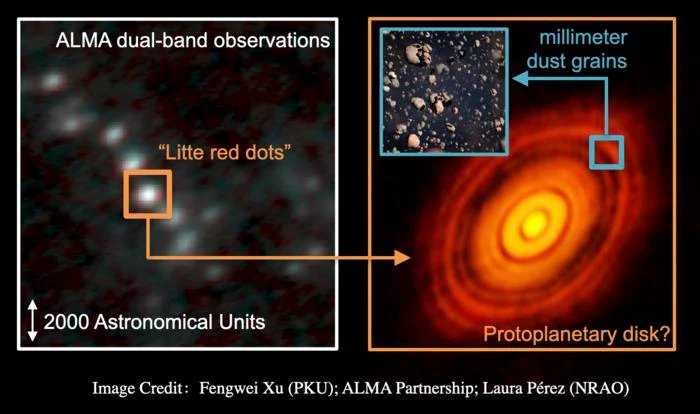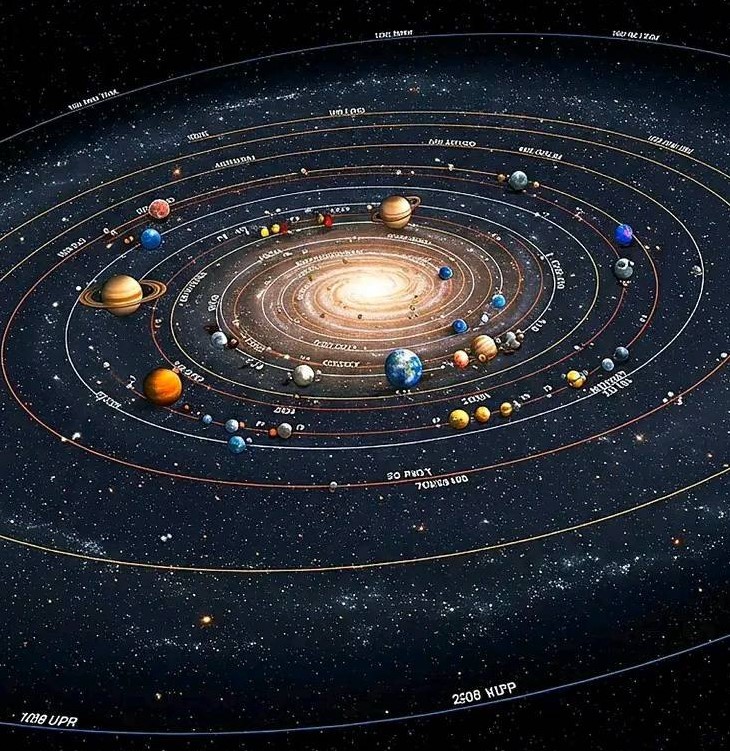
Julien S
@jseetharamdoo
Independent Strategist
ID: 818152901709328384
08-01-2017 17:50:27
263 Tweet
180 Takipçi
2,2K Takip Edilen






Astronomers have discovered that planet formation is occurring in the heart of the Milky Way, a region previously considered too chaotic for such processes. Using the ALMA Observatory📡, an international team conducted a detailed survey of three molecular clouds in the Central Molecular


Astronomers at the University of California, UC Berkeley , have identified a rare cosmic event: a massive black hole, ~ one million times the mass of our Sun, devouring a star about 2,600 light-years from the center of its host galaxy. This phenomenon, known as a tidal disruption

















![Massimo (@rainmaker1973) on Twitter photo Using a groundbreaking new technique, researchers have unveiled the first detailed image of a photon — a single particle of light — ever taken.
[Exact Quantum Electrodynamics of Radiative Photonic Environments, Ben Yuen and Angela Demetriadou, 2024, Physical Review Letters] Using a groundbreaking new technique, researchers have unveiled the first detailed image of a photon — a single particle of light — ever taken.
[Exact Quantum Electrodynamics of Radiative Photonic Environments, Ben Yuen and Angela Demetriadou, 2024, Physical Review Letters]](https://pbs.twimg.com/media/GqVbfCbW0AA00TD.jpg)







